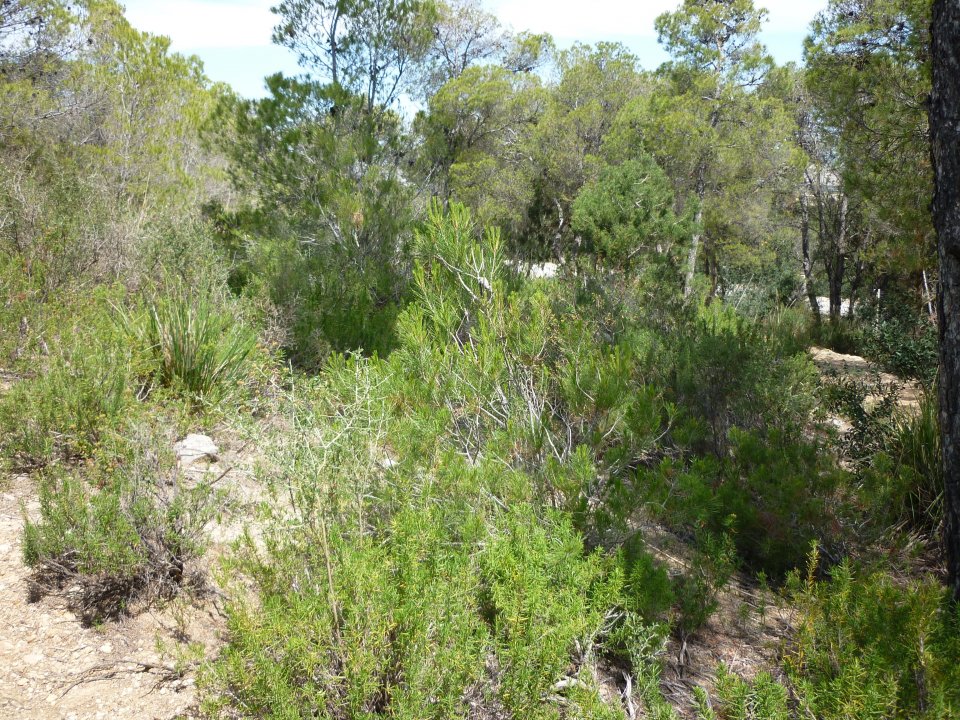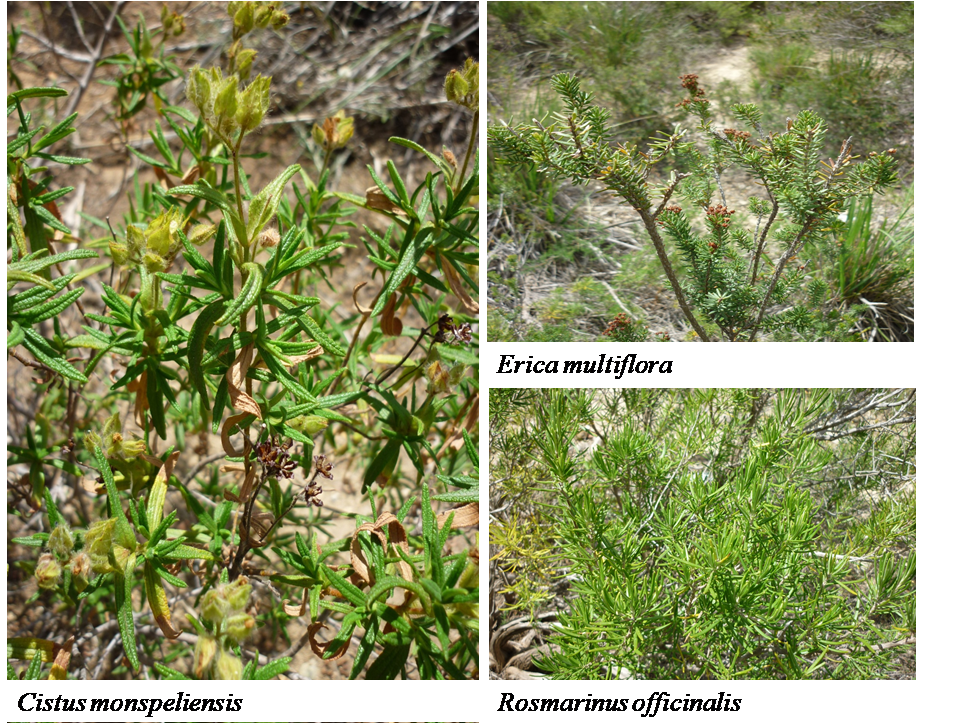
In light of the great global interest in PAM as a source of active ingredients. So, it is important to investigate the impact of seasonal variation on Rosmarinus officinalis, Erica Multiflora and Cistus monspeliensis by evaluating of some biochemical responses in three sites Mount of Zaghouan (DZ), Mount of Mansour (DM) and Mount of Sarej (DS) and to compare their behavior in the three seasons (spring, summer and autumn).
Aromatic and medicinal plants (PAM) are a reservoir of biologically active substances because of its diversity. Under adverse environmental conditions, PAM produce various active ingredients such as carotenoids, terpenoids, xanthophylls, chlorophylls, phycobilins, polyunsaturates, fatty acids, polysaccharides, vitamins, sterols, tocopherol and phycocyanines.
In Tunisia, interest in PAM and the development of forest plants, in general, are in great demand and their crops are becoming indispensable.
Given together, our results indicate that under seasonal variation condition, the mount of Zaghouan represents the favorite site of production of phenolic compounds than the The mount of Mansour and Sarej. Specifically, in autumn season, Rosmarinus officinalis, Erica Multiflora and Cistus monspeliensis are able to produce the highest averages of antioxidative molecule as polyphenol, tannin and flavonoids. Indeed, these species present interesting antioxidant activities in DS site in autumn season.
These results showed that the measured biochemical parameters can be adopted as an indicator of the best productive site in northeastern of Tunisia for secondary metabolites under seasonal climatic conditions.
In addition, the harvesting period of wild plants can be specified. In this study, it is possible to harvest in autumn in order to have more antioxidative molecule.
Aromatic and medicinal plants can be grown under well-controlled conditions (in vitro or in greenhouses) for increased production and yield.
Climatic factors affect several plants functioning, such as the level of enzymatic and non-enzymatic antioxidants (Albert et al, 2012; Nogues et al, 2012).
Unregulated harvesting of wild medicinal plants (PAM) may pose additional challenges from the point of view of overexploitation at the national, regional and local levels and the protection of threatened species.
Rosmarinus officinalis, Erica Multiflora and Cistus monspeliensis can be studied in other sites in Tunisia and valorized in pharmaceutical, cosmetic and agronomic products and exploited for antimicrobial activities. Other medicinal plants can also be studied in the Tunisian flora.
A professional charter must be drawn up in order to specify their strong values: protection of the resource, compliance with regulations, knowledge and know-how of the profession.
Khaoula NEFZI, nefzikhaoula@hotmail.com, http://www.inrgref.agrinet.tn/fr/
Mokhtar BARAKET, moktar.baraket@gmail.com, http://www.inrgref.agrinet.tn/fr/
Walid JAOUADI, Jawediwalid650@yahoo.com, http://www.inrgref.agrinet.tn/fr/
Zouheir NASR. zouheirnasr84@gmail.com, http://www.inrgref.agrinet.tn/fr/
Further information
Albert Rivas-Ubacha,1, Jordi Sardansa , Miriam Pérez-Trujillob , Marc Estiartea , and Josep Peñuelasa (2012).Strong relationship between elemental stoichiometry and metabolome in plants. Ecology journal.
Isabel Nogués, Josep Peñuelas, Joan Llusià, Marc Estiarte, Sergi Munné-Bosch, Jordi Sardans & Francesco Loreto (2012). Physiological and antioxidant responses of Erica multiflora to drought and warming through different seasons. Plant ecology journal.
Khaoula Nefzi

Khaoula Nefzi
